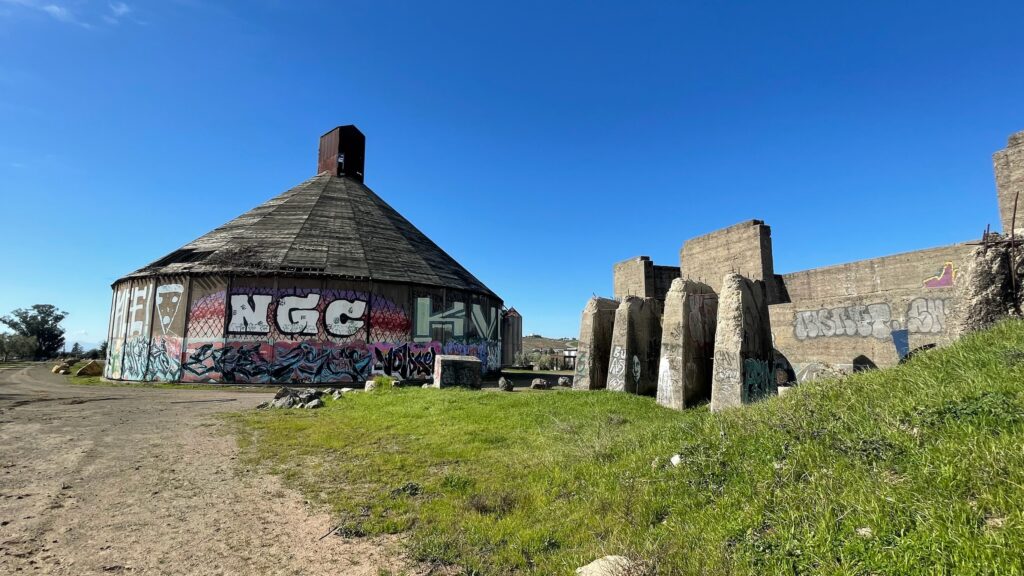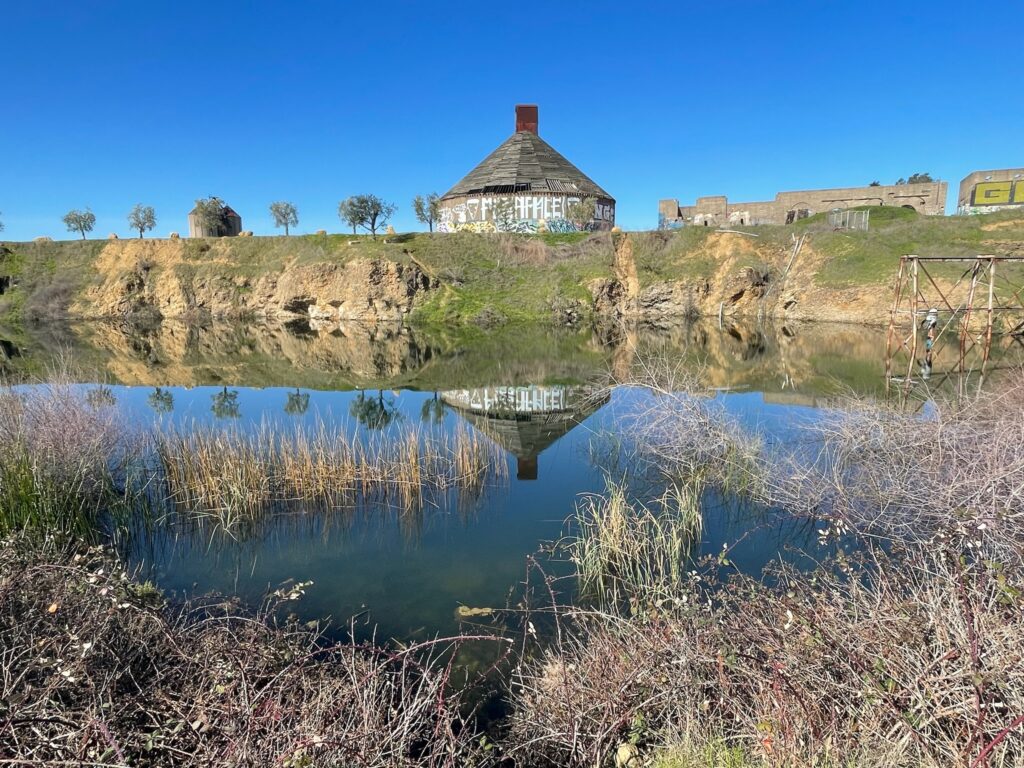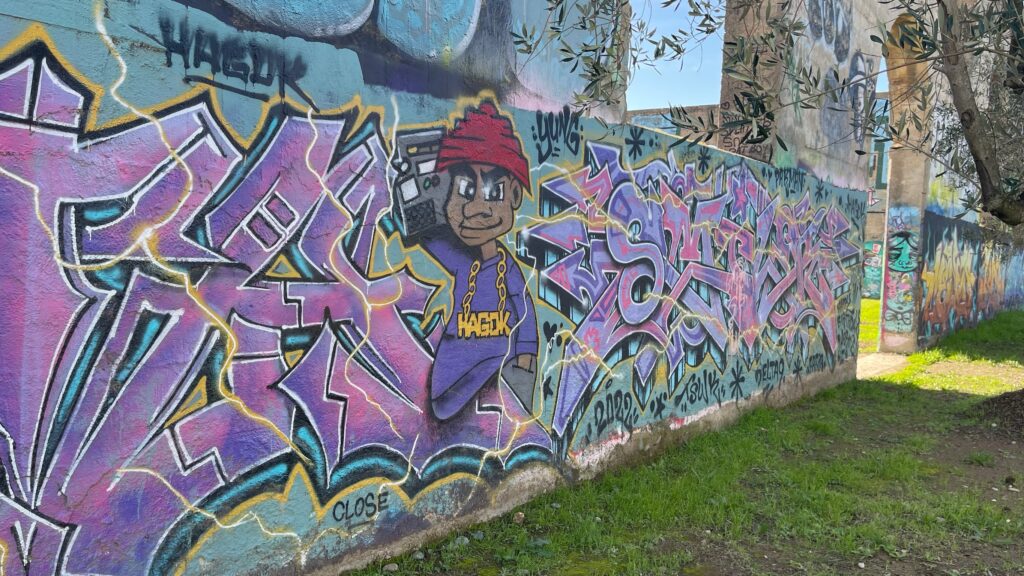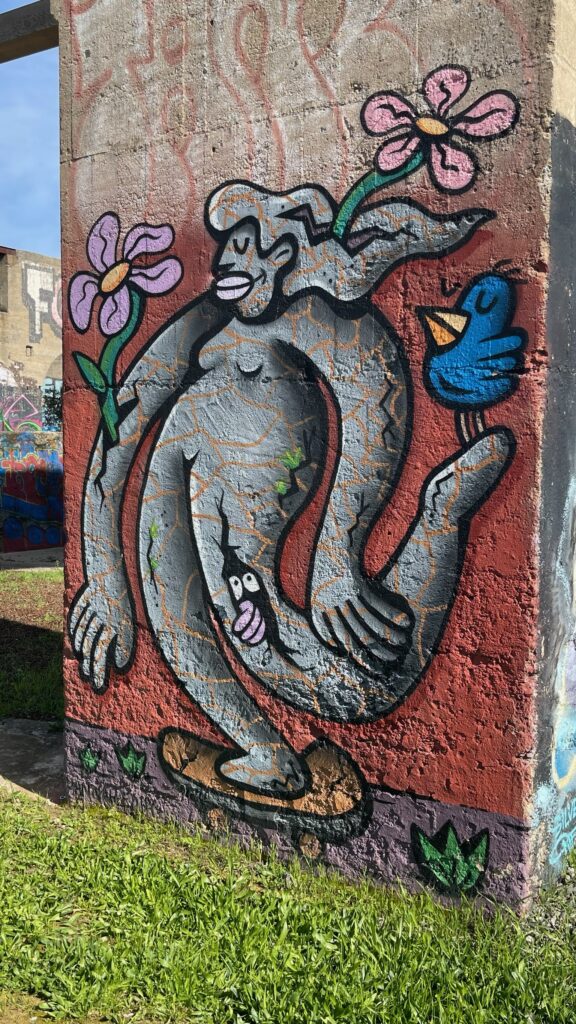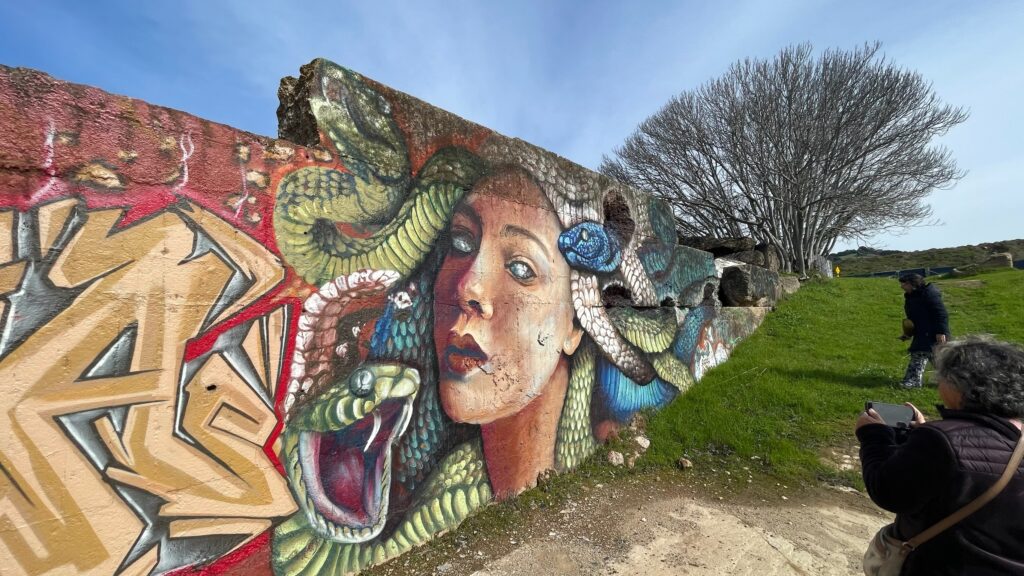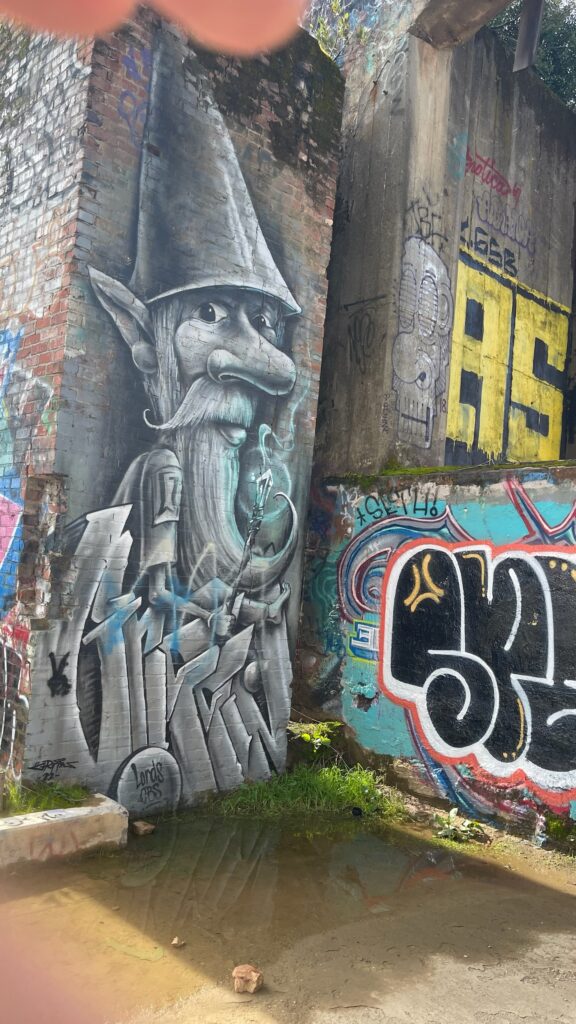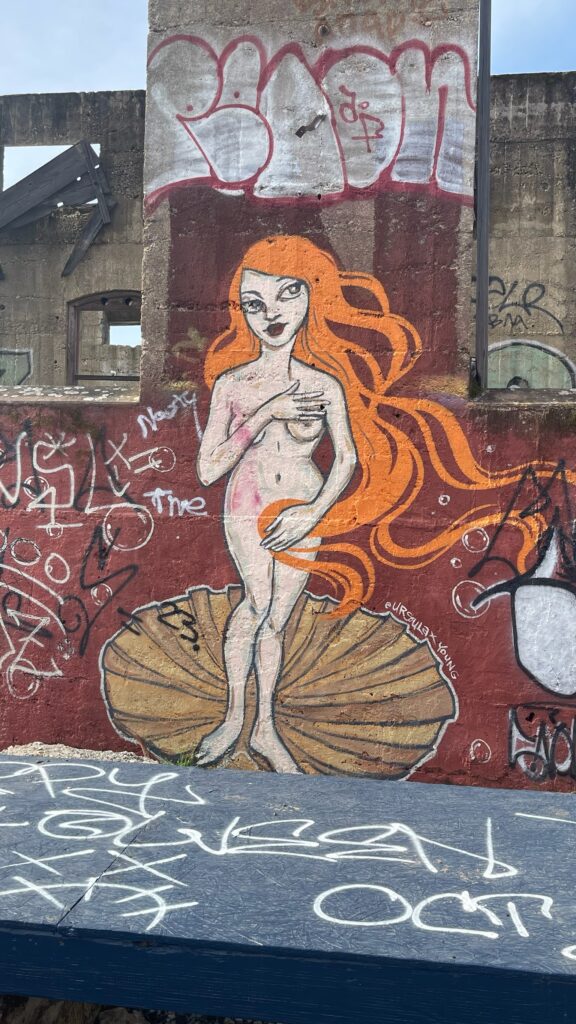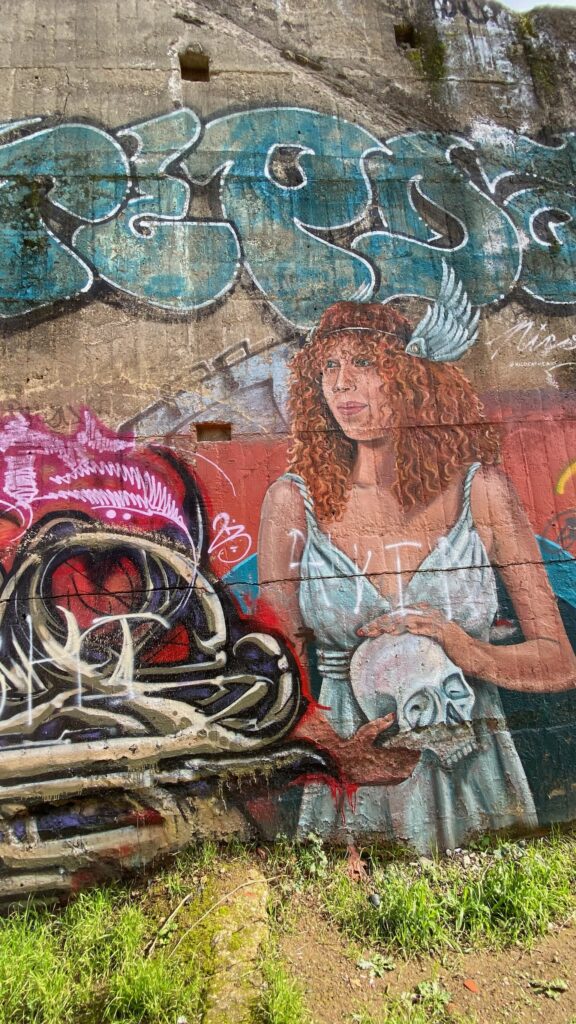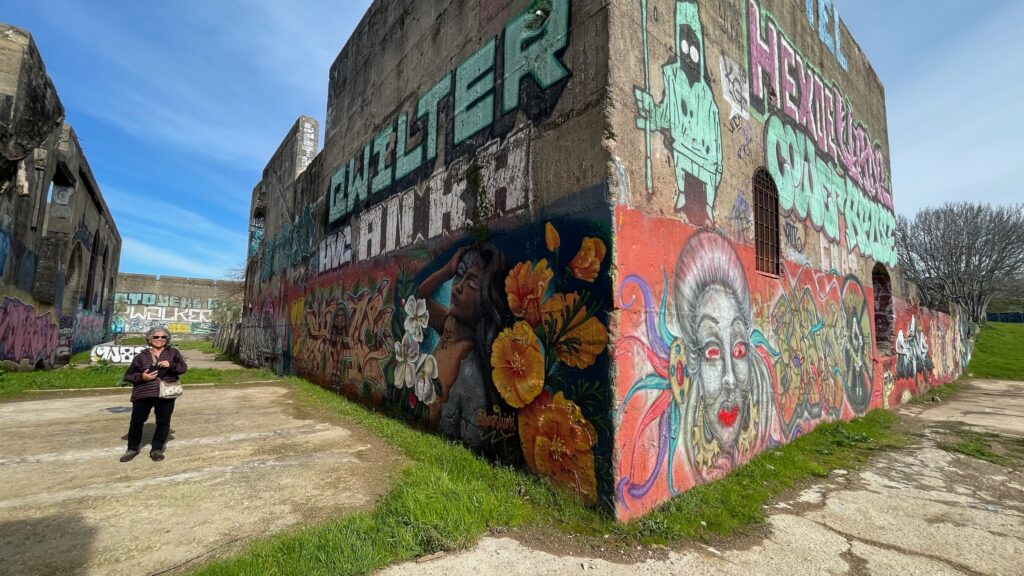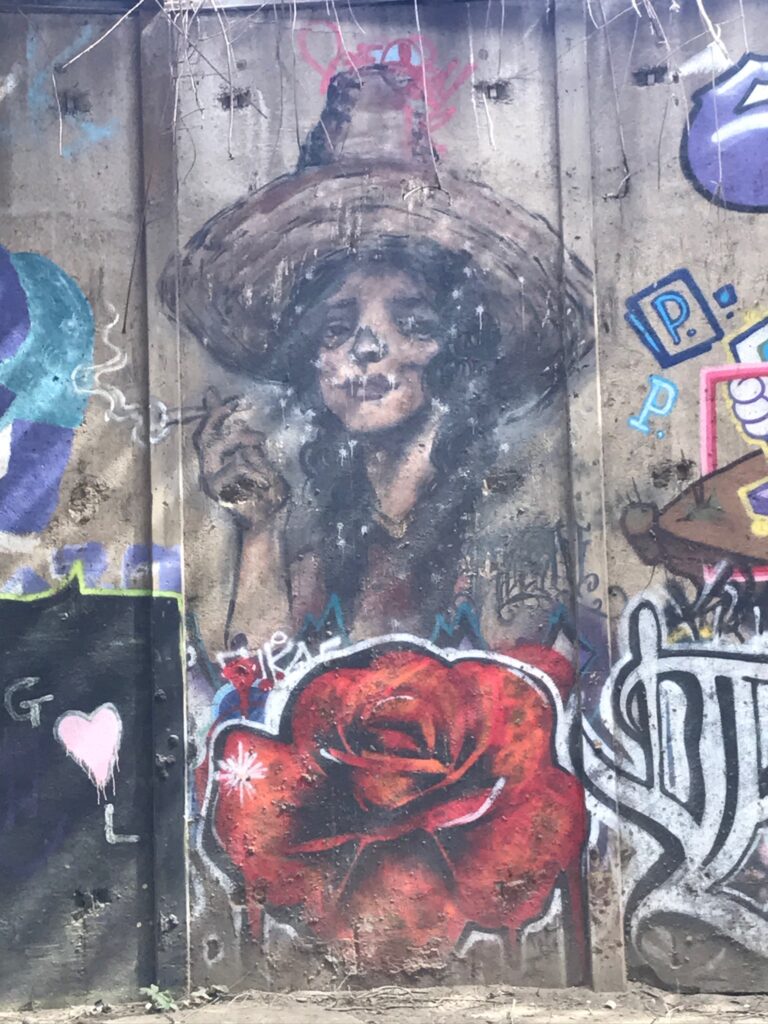Being tasked with writing about a location without ever actually having been there isn’t quite an easy feat. It feels like diving into the mindset of an archeologist, an occupation similarly tasked with reconstructing a site with nothing more to go off of than images and written records of such location. If they’re lucky they might even have second hand accounts of those who were in fact present at the peak activeness of the place in question, which is the abandoned concrete plant complex located in the north-eastern corner of the now incorporated town of American Canyon.
Searching online for more information about this place, a personal story from a now deleted reddit user reads as follows, “My grandfather worked at that factory in the early 1950’s. He used his employee discount to buy the cement that he and my grandmother used to build their little cinderblock ranch house in Napa. They did the bulk of the construction just the two of them with a cement mixer, some rebar, and a ladder. That house is basically bombproof, lol. They lived in it the rest of their lives. They never stopped being utterly baffled that Napa Valley had become a tourist destination.”
Much of this assignment also goes a little against my own attitude as an Anthropology major, one tenet of this field of study being to practice direct observation of your subject, as much as possible.
Luckily for me, in the year 2024 iPhones are able to take detailed photos with fully saturated colors; and I don’t have to hunch over an old manuscript trying to decipher its content: my mother, her sister and husband’s enthusiastic recounts of their exploration of the “ruins” paint a vivid image.
The deserted cement factory in American Canyon holds different meanings for various groups. For some, it’s a chance to establish a central hub in a city lacking urban vibrancy, while for others, it presents a lucrative commercial prospect. Yet, for enthusiasts of urban art, the vast expanse of deteriorating concrete structures is a sacred site deserving preservation.
The ruins in question are remnants of the Standard Portland Cement Plant, located near American Canyon in the Napa Valley region of California. Constructed shortly after the turn of the 20th century by the Standard Portland Cement Company when the city of American Canyon was not incorporated yet and was just a subdivision of Vallejo.The plant began full operation in 1903, employing up to 200 workers who mined limestone and clay to produce cement powder, supplying concrete for numerous Bay Area projects, notably contributing to San Francisco’s reconstruction after the 1906 earthquake. The site had its own infrastructure, including housing for workers, a machine shop, laboratory, and electricity. However, the site exhausted its resources and became economically unviable, leading to its closure sometime between the 1920s and 1930s. Subsequently, the Basalt Rock Company acquired the property in the 1940s, adding new buildings and employee housing. They produced aggregate from volcanic rock until the plant closed in 1978, leading to the gradual deterioration of its silos and industrial buildings.
In the early 1980s, Jaeger Vineyards acquired the property but found it unsuitable for agriculture. Eventually, plans emerged to develop the site into a mixed-use town center. Former residents, now elderly, fondly remember their childhood experiences at the plant, which served as their playground. The ruins hold memories of family life and community gatherings, with remnants of buildings and landscapes evoking nostalgia for a bygone era.
Over the subsequent forty years, the abandoned site attracted graffiti artists who transformed it into an expansive canvas, adorning its surfaces with spray-painted characters and imaginative creations.
Efforts are underway to repurpose the site, with discussions about transforming it into a new town center. The ruins, while not as renowned as ancient wonders like the Coliseum or the Parthenon, hold a unique significance for American Canyon and its residents, reflecting the industrial history and community life of the region.
To draw a parallel with a similar location within my own town in northern Italy, the old mental institution “Manicomio dell’Osservanza” – it now stands as an abandoned complex which used to house the mentally unstable patients of the area.
These deserted areas – both the Ruins and the madhouse – lend themselves so well for graffiti and street art to emerge, seemingly overnight; bestowing new color and liveliness to an otherwise lifeless place.
Today, the American Canyon Ruins are also the host for an annual community event aptly named ‘Evening at the Ruins’ filled with music, light displays and commensality – the next event scheduled for September 7th.
The ruins are certainly a little in contrast with the more shi-shi demographic of Napa Valley, who benefit from the ever-growing wine tourism of the California region but here lies also a danger to their continued existence and potential use for artistic purposes. As gentrification spreads North from Silicon Valley, what was considered less desirable real estate is now becoming more appetizing and many housing subdivisions are being built close to the ruins. Efforts to beautify the environs of the ruins by planting trees can be read in different ways: as a prelude to the ruins being taken over by developers to extend their housing plans or as an attempt to ‘cosmetically domesticate’ the ruins in order to attract visitors who may enjoy them as a ‘proper’ artistic site.
At this point, only time will tell what fate is reserved for the American Canyon Ruins.
Photogallery of the American Canyon Ruins, pictures taken in February 2024 by Tracy Allen and Teri Allen-Piccolo.
